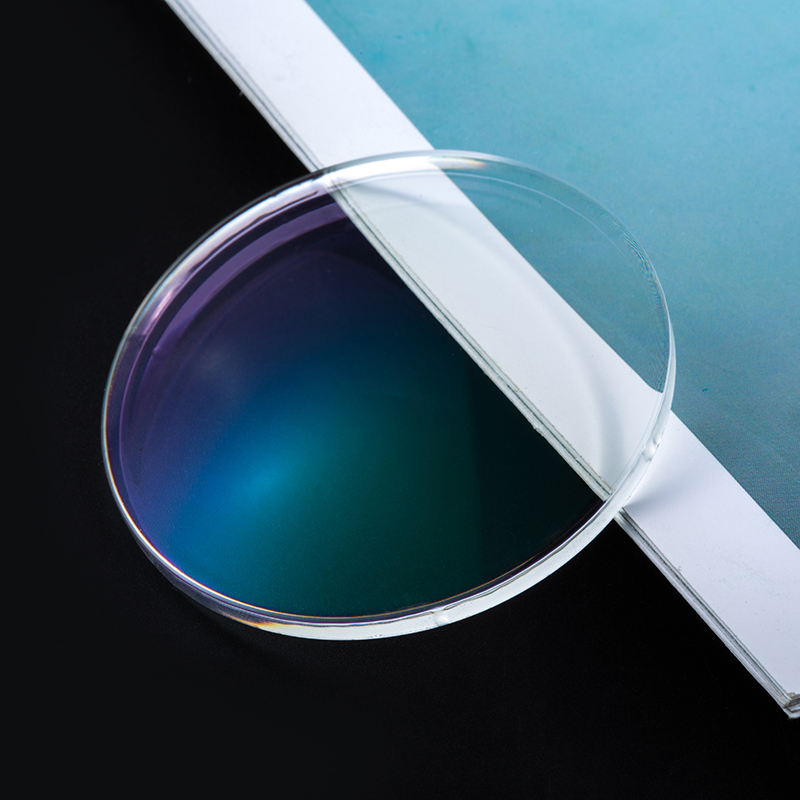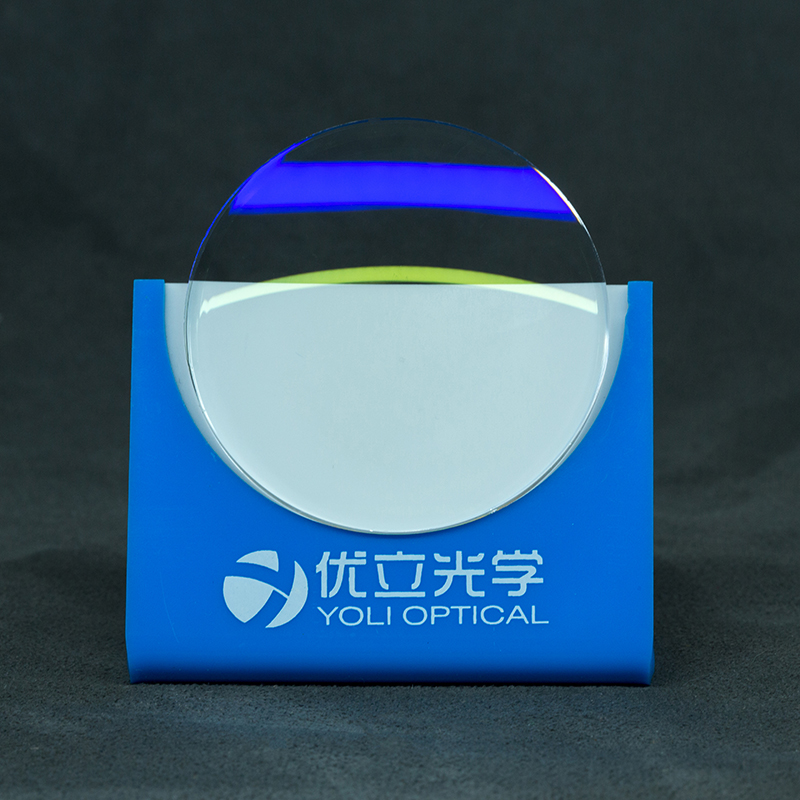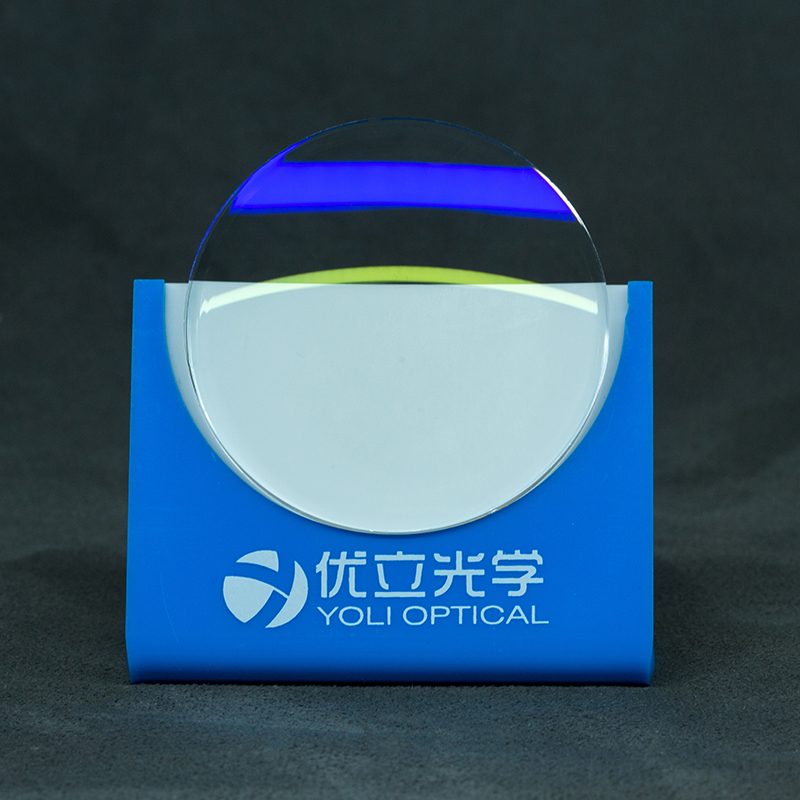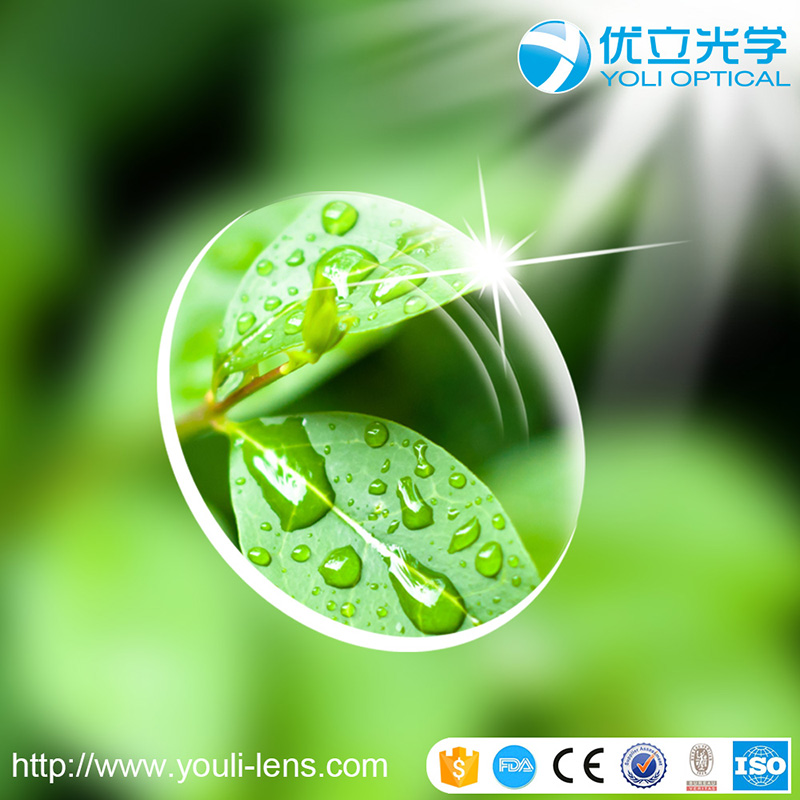
China Polycarbonate Lenses Company – Protect Your Eyes with 1.59 PC Polycarbonate Anti Blue Light Lenses AR Green – YOLI
China Polycarbonate Lenses Company – Protect Your Eyes with 1.59 PC Polycarbonate Anti Blue Light Lenses AR Green – YOLI Detail:
Why Polycarbonate Lenses?
Thinner and lighter than plastic, polycarbonate (impact-resistant) lenses are shatter-proof and provide 100% UV protection, making them the optimal choice for kids and active adults. They’re also ideal for strong prescriptions since they do not add thickness when correcting vision, minimizing any distortion.
1.59 PC Index Ophthalmic Lens Treatment
UV Protection:
The UV rays in sunlight can be harmful to the eyes.
Lenses that block 100% UVA and UVB help to ward off the damaging effects of UV radiation.
Photochromic lenses and most quality sunglasses offer UV protection.
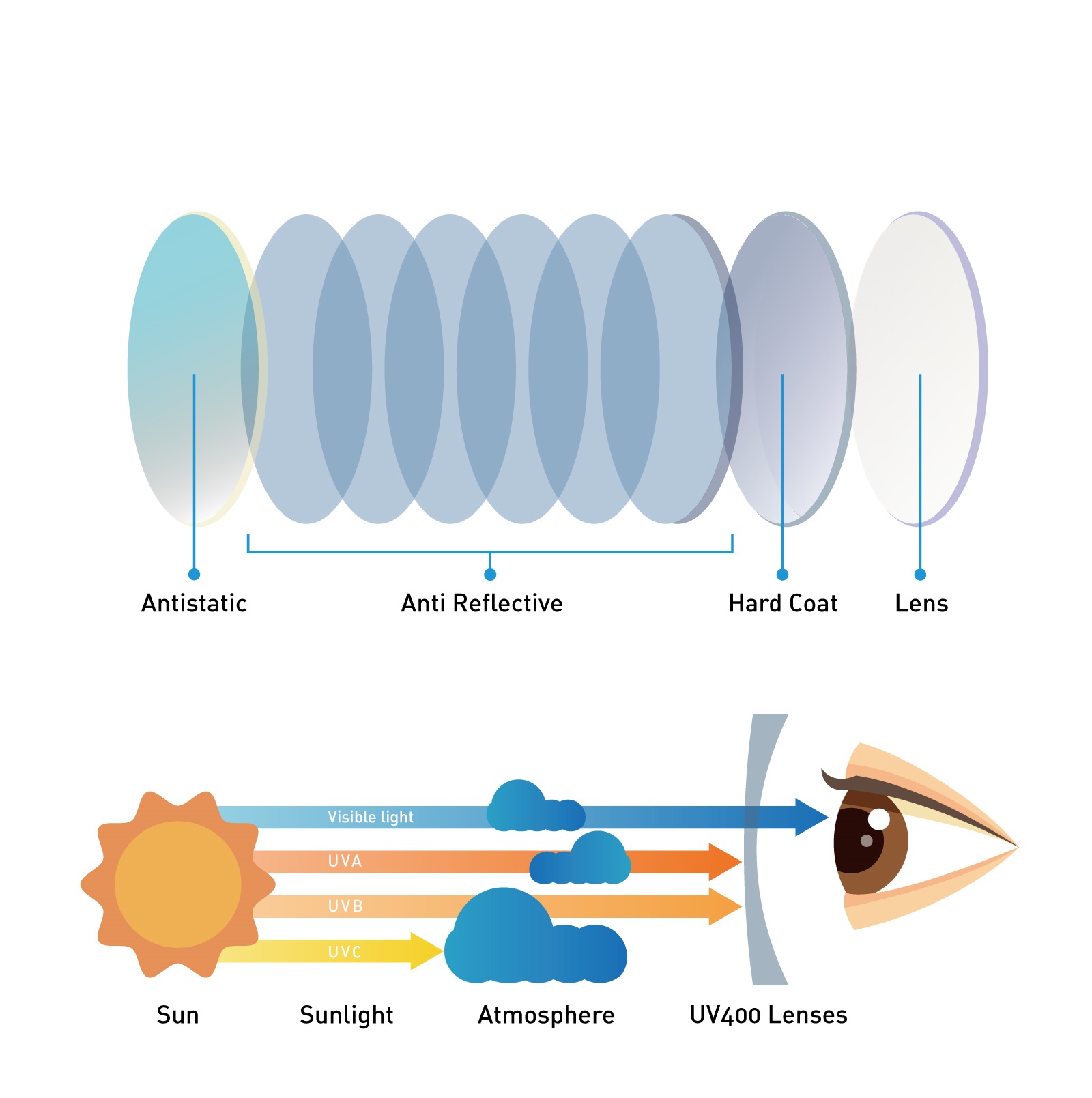
Scratch-Resistance
Scratches on lenses are distracting, unsightly and in certain conditions even potentially dangerous.
They can also interfere with the desired performance of your lenses.
Scratch-resistant treatments toughen up the lenses making them more durable.
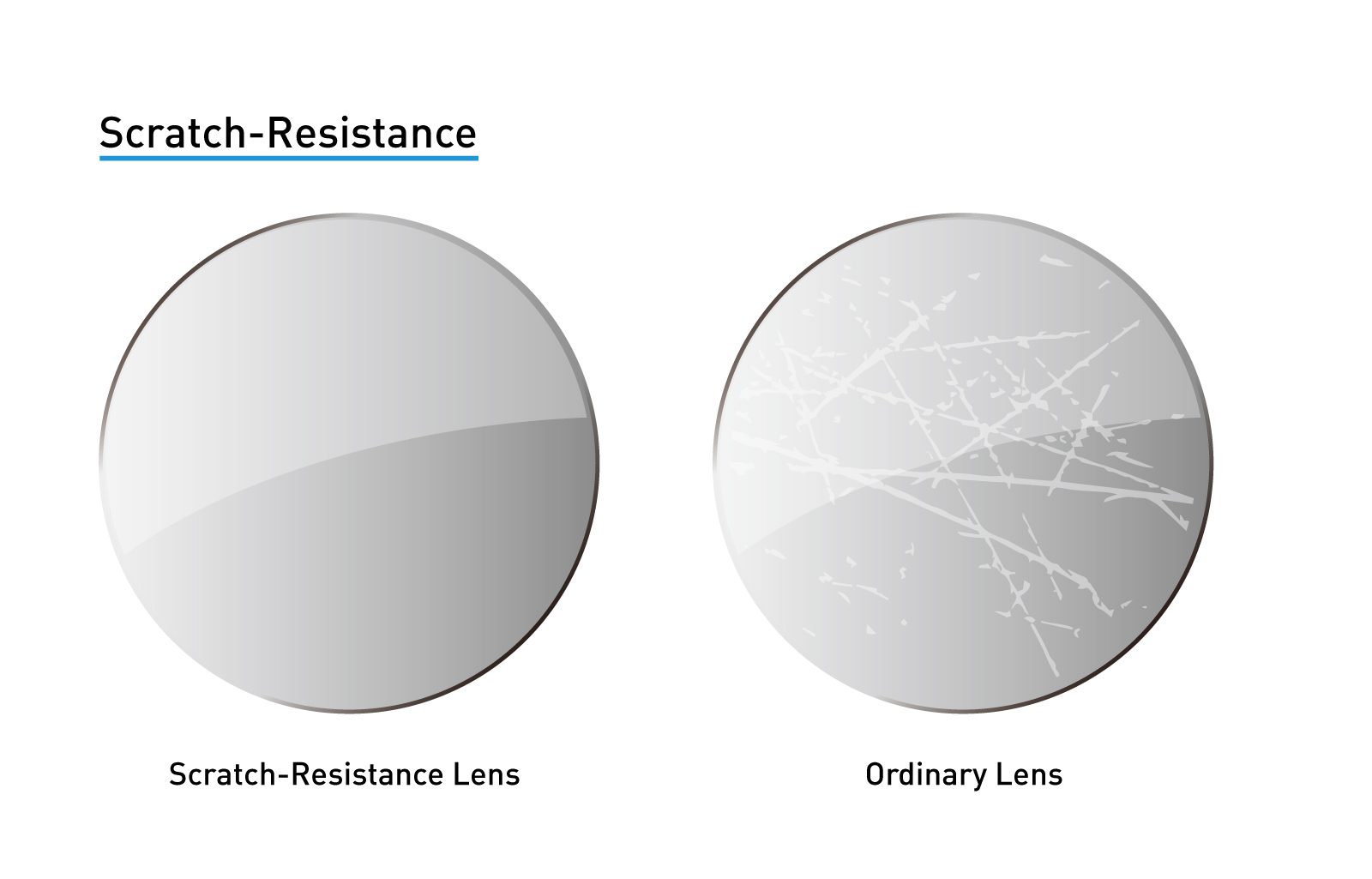
What is Blue Light?
Sunlight is made up of red, orange, yellow, green, blue, indigo and violet light. When combined, it becomes the white light we see. Each of these has a different energy and wavelength. Rays on the red end have longer wavelengths and less energy. On the other end, blue rays have shorter wavelengths and more energy. Light that looks white can have a large blue component, which can expose the eye to a higher amount of wavelength from the blue end of the spectrum.
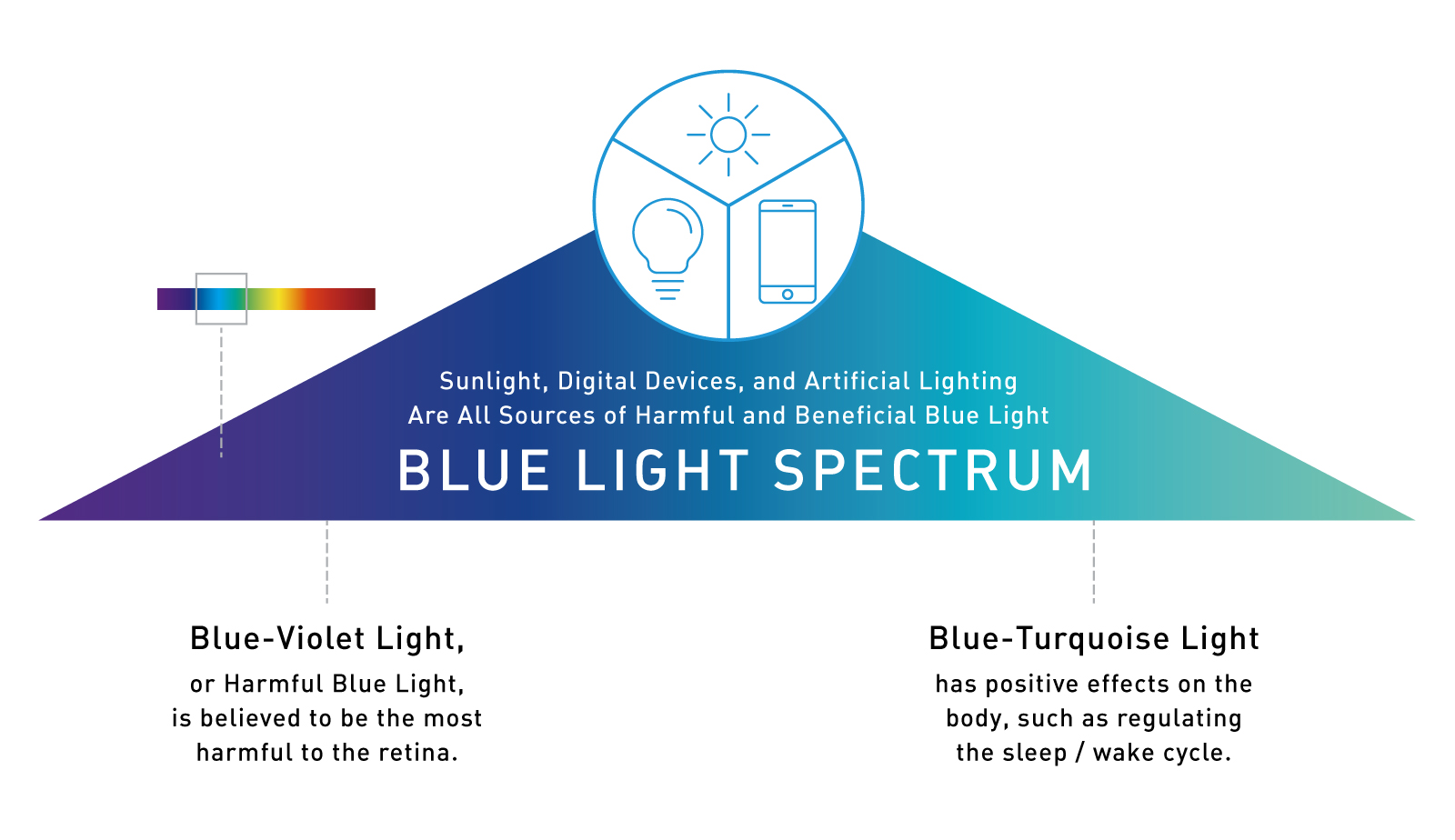
Key Points About Blue Light
1. Blue light is everywhere.
2. HEV light rays make the sky look blue.
3. The eye is not very good at blocking blue light.
4. Blue light exposure may increase the risk of macular degeneration.
5. Blue light contributes to digital eye strain.
6. Blue light protection may be even more important after cataract surgery.
7. Not all blue light is bad.
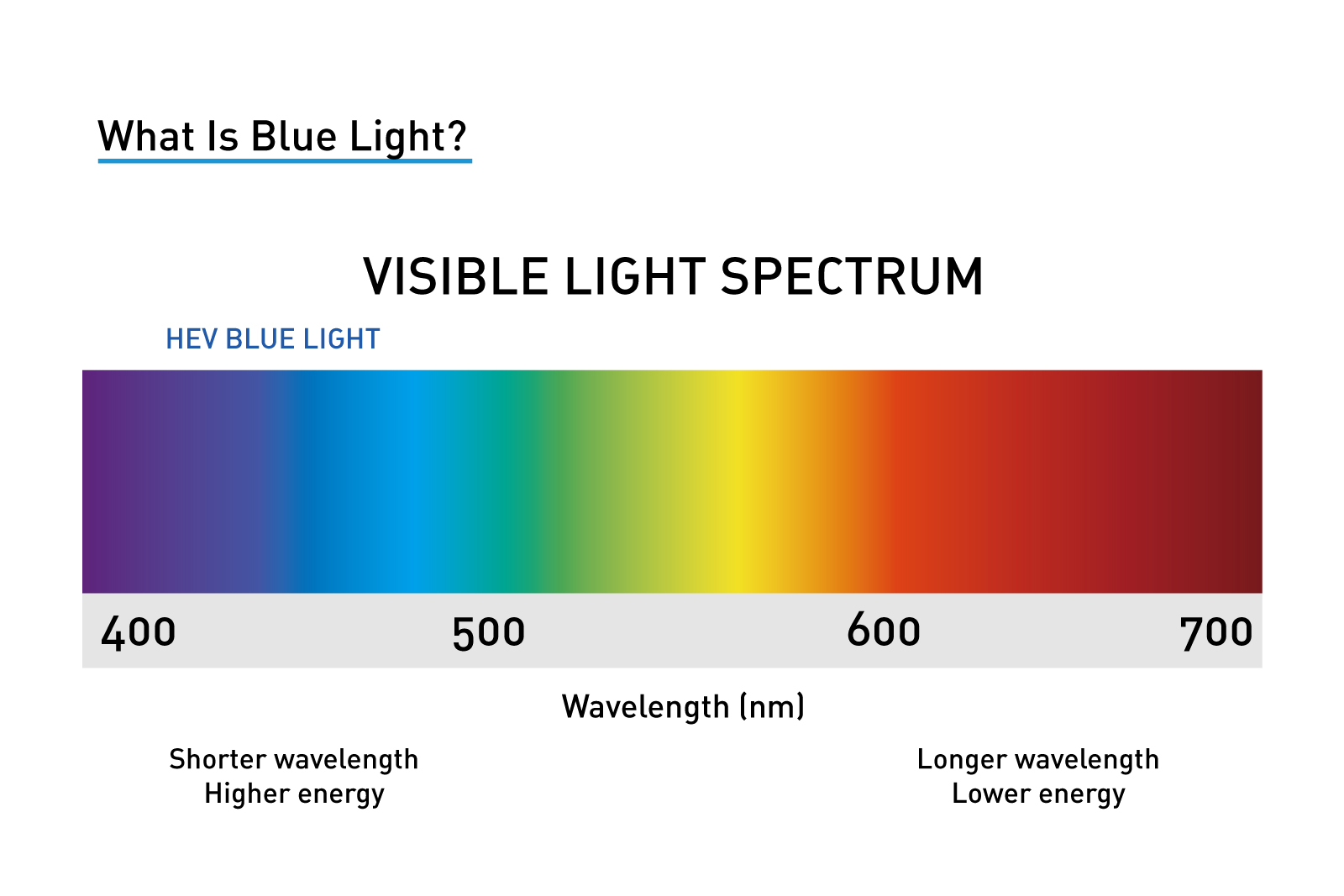
How Blue Light Reducing Lenses Can Help.
Blue light reducing lenses are created using a patented pigment that is added directly to the lens before the casting process. That means the blue light reducing material is part of the entire lens material, not just a tint or coating. This patented process allows blue light reducing lenses to filter a higher amount of both blue light and UV light.
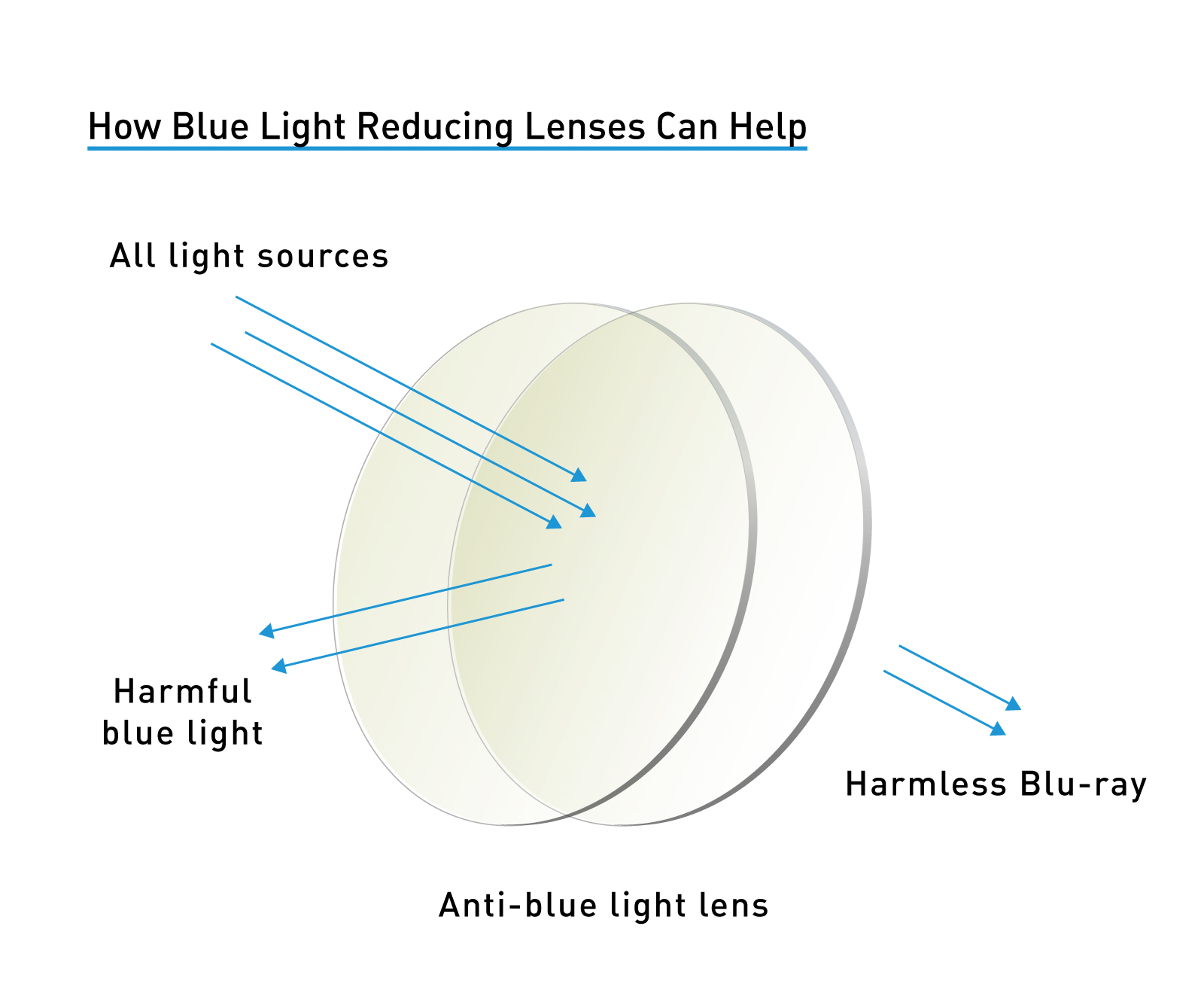
Product detail pictures:
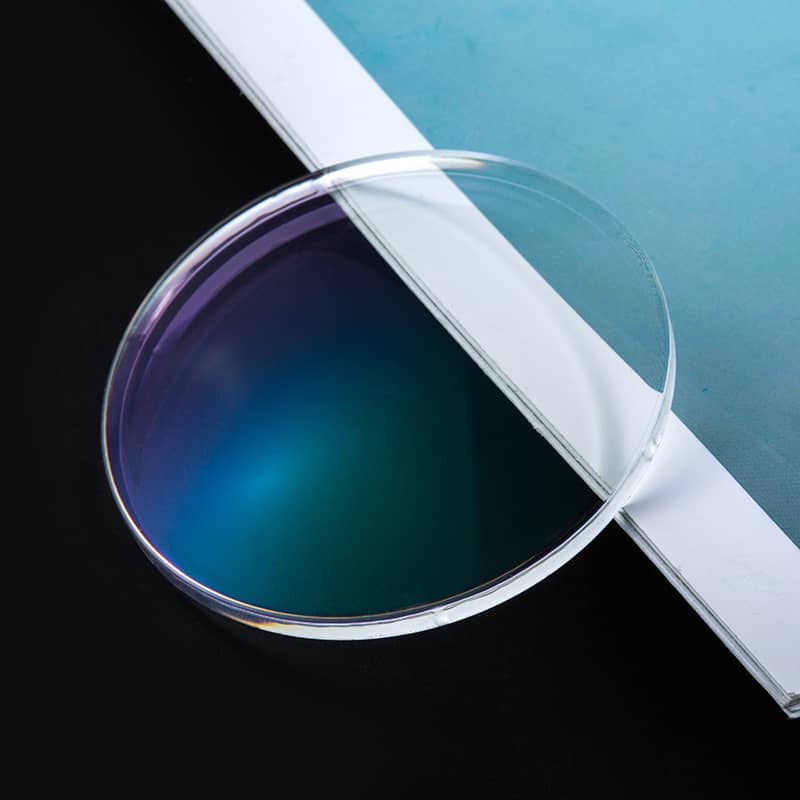
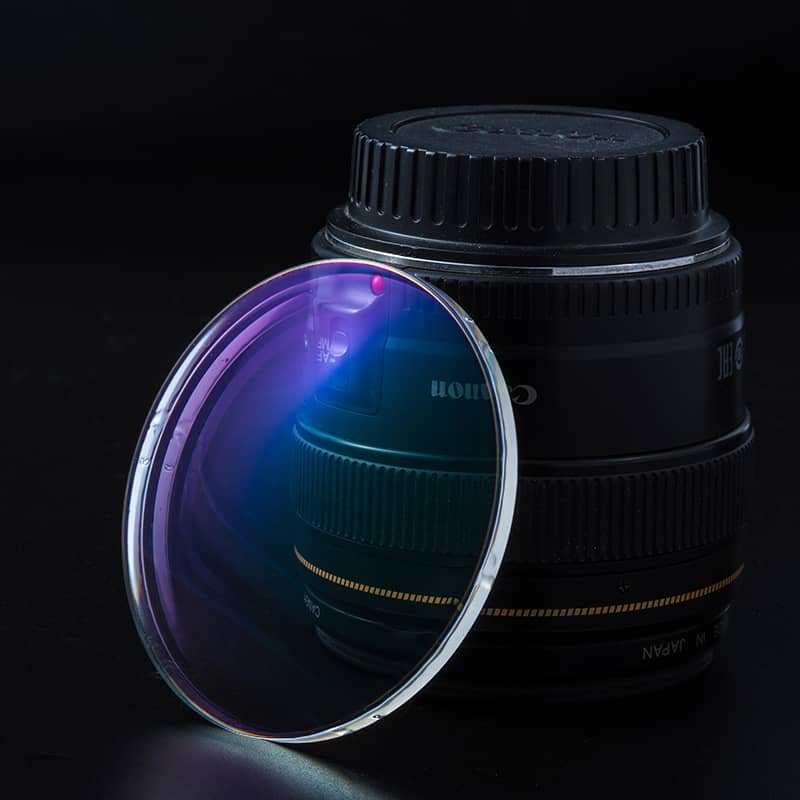

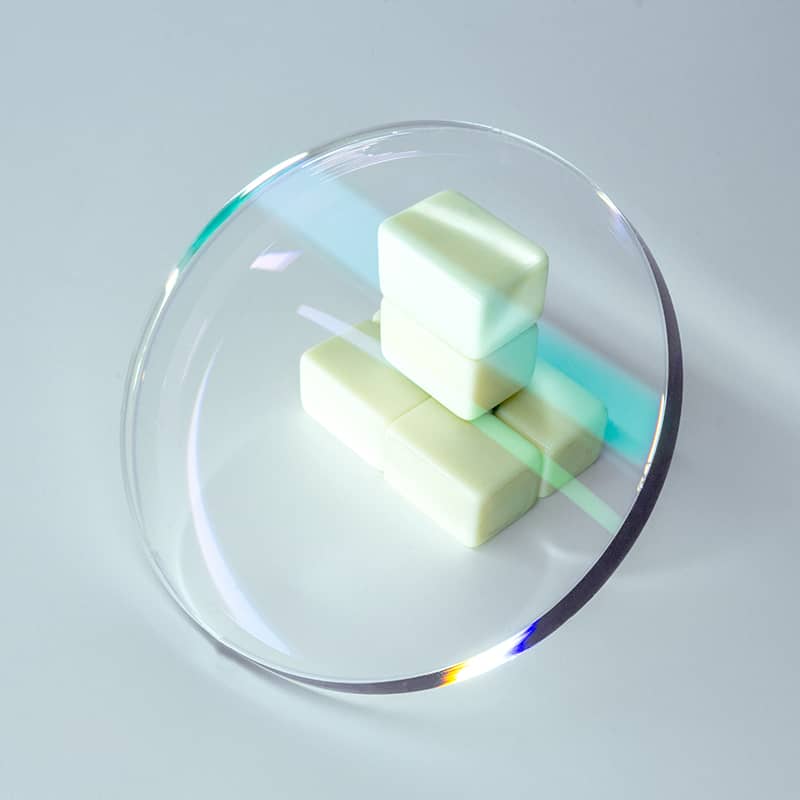
Related Product Guide:
We thinks what clients think, the urgency of urgency to act from the interests of a client position of theory, allowing for greater quality, lessen processing costs, price ranges are much more reasonable, won the new and outdated shoppers the support and affirmation for China Polycarbonate Lenses Company – Protect Your Eyes with 1.59 PC Polycarbonate Anti Blue Light Lenses AR Green – YOLI , The product will supply to all over the world, such as: Kuala Lumpur, New Zealand, Cape Town, Customer satisfaction is our goal. We are looking forward to cooperating with you and providing our best services to suit your needs. We warmly welcome you to contact us and make sure you feel free to contact us. Browse our online showroom to see what we can do for you. And then E-mail us your specs or inquiries today.
This is a very professional wholesaler, we always come to their company for procurement, good quality and cheap.

